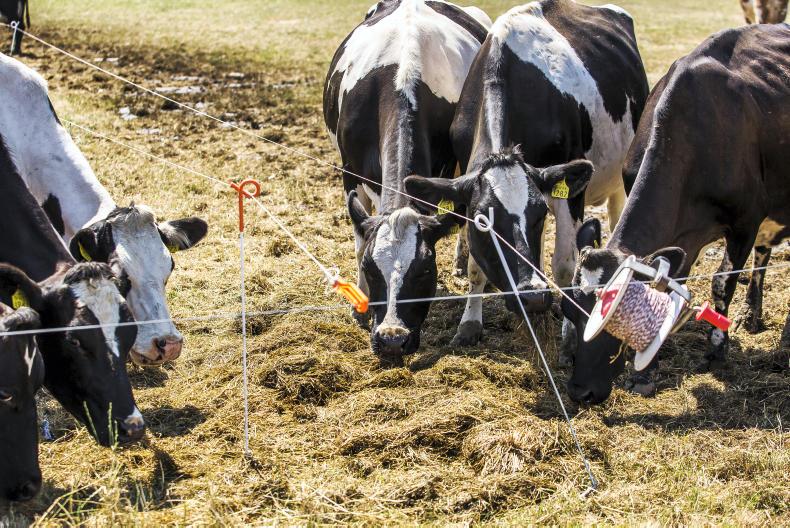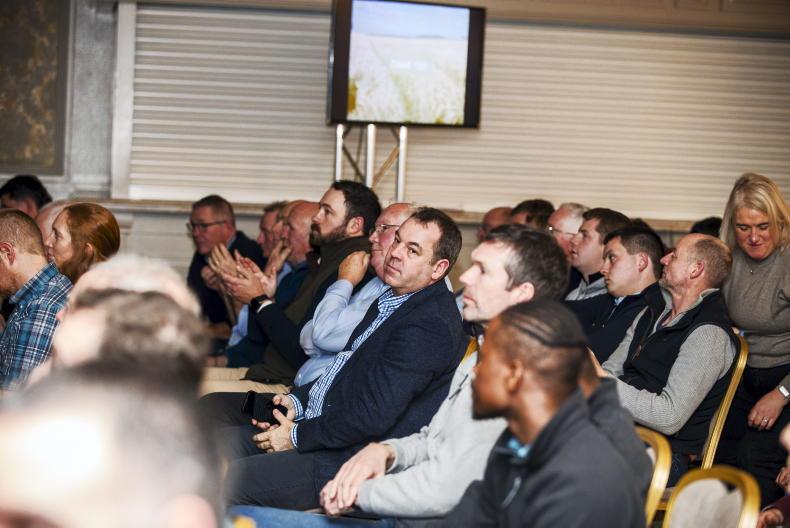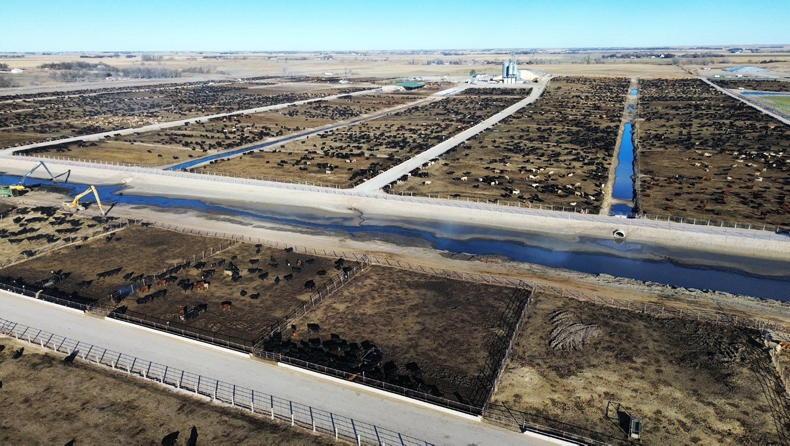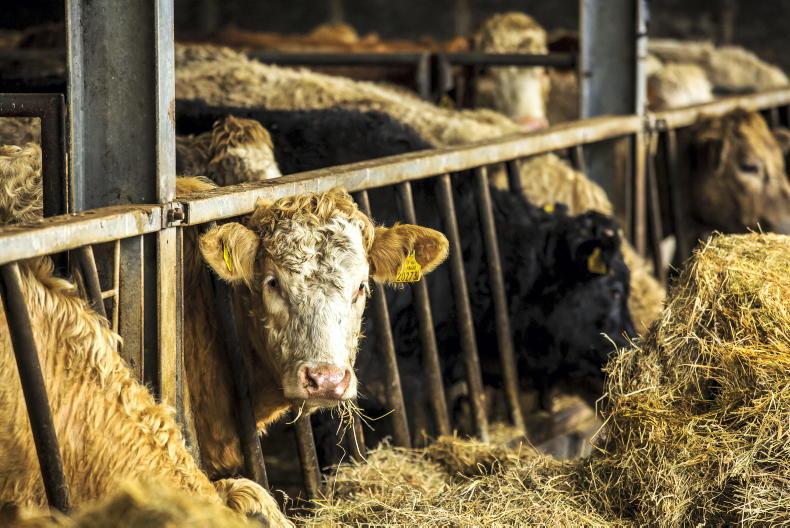Dairy farmers are worst hit by this year’s combined long winter and summer drought but incomes will be down across all sectors, according to the mid-year outlook published this Tuesday by Teagasc economists.
“The current forecast is that the average-sized Irish dairy farm could see net margin decrease by 60% in 2018,” they wrote, with the resulting average dairy family farm income falling to €45,000 from a high of €86,000 last year.
All indicators are red for dairy farms. Over the full year, milk prices are estimated to end up 10% below last year’s, and weather conditions will result in a 75% increase in the average feed use per dairy cow. Combined with rising feed and fertiliser prices, this is forecast to increase dairy production costs by 23% this year.
“Overall, farm income will be down substantially across all the main farm systems in 2018,” Teagasc added. Most sectors show a rise of around 6% in input costs.
Tillage farmers are expected to see their average income fall by up to a quarter as rising prices fail to compensate lower grain and straw yields as well as an estimated 6% rise in costs.
“However, much uncertainty still surrounds the full yield potential of all crops and their prices at this stage of the harvest,” Teagasc warned.
Drystock farmers will see a hit to margins from increased feed costs, with volumes fed and prices both rising in the first half of this year, while cattle and sheep prices remain broadly stable compared with last year.
Beef and sheep farmers
While fodder shortages are expected to be “less acute” on beef farms than dairy ones because of lower stocking rates, Teagasc still expects beef finishers to consume 20% more feed this year and suckler farmers 10% – all while prices creep up.
As a result, beef farmers are forecast to suffer a 9% drop in net margin, while it is expected to be 6% for suckler farmers.
Sheep farmers are forecast to use 15% more feed this year, driving the overall cost of production up 12%. “On sheep farms, net margin is forecast to decrease by 8% in 2018, with the continuing weather impacts on forage production and feed costs more than offsetting the positive impact of higher lamb prices,” Teagasc economists wrote.









SHARING OPTIONS